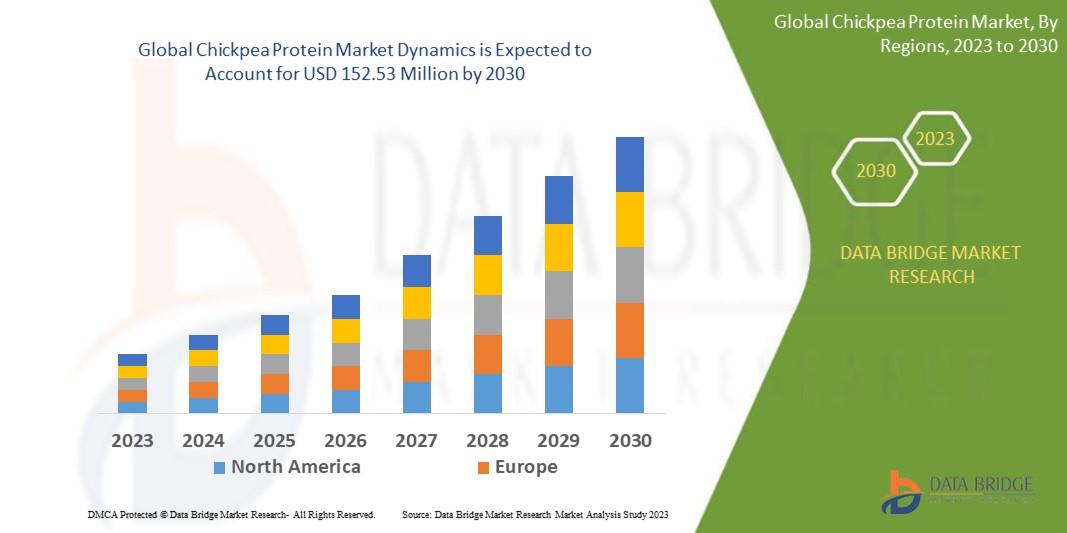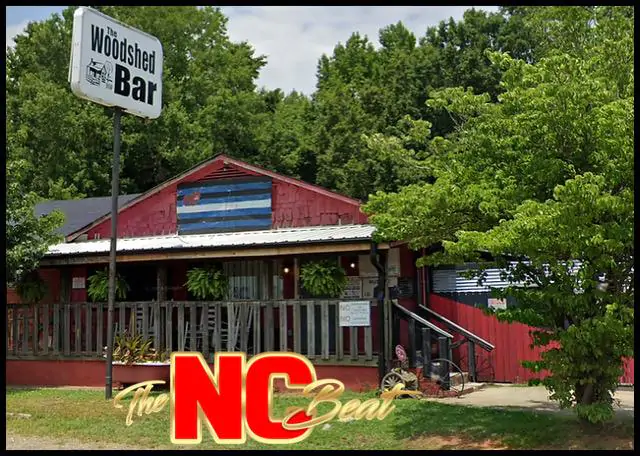India Used Car Market Segment: Breaking Down Vehicle Categories and Buyers
The India Used Car Market Segment can be categorized based on vehicle type, sales channel, and region. By vehicle type, hatchbacks dominate the segment due to affordability and ease of use, followed by sedans and SUVs, which are gaining popularity as consumers seek more premium options. In terms of sales channels, unorganized dealers continue to hold a large portion, but organized dealerships and online platforms are growing rapidly, offering certified and verified vehicles.
Regionally, metro cities lead in demand due to higher disposable incomes and frequent vehicle upgrades, while tier-II and tier-III cities are emerging as strong growth hubs driven by rising aspirations and expanding financing options. The segmentation highlights that customer preferences vary widely, with younger buyers preferring online transactions and certified vehicles, while price-sensitive buyers in smaller towns often choose unorganized dealers. This diverse segmentation provides opportunities for multiple stakeholders to tap into different consumer bases.
The India used car market has transformed rapidly over the past decade, emerging as one of the fastest-growing segments in the country’s automotive industry. Once viewed as a fragmented, unorganized sector with limited trust among buyers and sellers, the used car ecosystem is now characterized by organized players, digital platforms, financing options, and certified resale channels. With changing consumer preferences, rising car ownership aspirations, and affordability concerns, the used car segment has become a vital contributor to India’s mobility landscape.
Market Overview
The Indian used car market is growing faster than the new car segment, driven by affordability, increasing urbanization, and the rise of online marketplaces. In a price-sensitive country like India, used cars are an attractive choice for first-time buyers who want access to personal mobility without the higher upfront cost of a new vehicle. The market is supported by evolving consumer mindsets where ownership cycles are shrinking — many car owners now upgrade within 3–5 years, fueling supply in the resale market.
The expansion of financing and insurance options has also improved affordability. Previously, limited financing opportunities restricted growth, but banks and NBFCs are now offering loans for pre-owned cars, boosting demand in tier 2 and tier 3 cities. Certification programs and warranties from organized dealers further build trust, reducing the risk perception traditionally associated with second-hand purchases.
Key Drivers of Growth
Affordability and Aspirations: Used cars allow aspirational buyers to access higher-end models, premium brands, or larger vehicles at lower prices than new ones. For middle-class families, this is a significant motivator.
Digital Transformation: Online platforms have revolutionized the buying and selling process by offering transparent pricing, vehicle history reports, and doorstep inspections. Consumers can now browse, compare, and negotiate deals online, increasing convenience and trust.
Changing Ownership Cycles: As disposable incomes rise and lifestyles evolve, car owners are upgrading more frequently. The shorter ownership cycle ensures a steady supply of relatively new cars in the used market.
Rise of Tier 2 and Tier 3 Demand: Smaller cities are witnessing growing demand for personal mobility, especially post-pandemic, where public transport concerns increased preference for private vehicles. Used cars meet this demand due to their affordability.
Policy and Regulation: Scrappage policies and stricter emission norms are encouraging people to replace older vehicles with newer, more efficient options, indirectly benefiting the used car ecosystem.
Market Segmentation
The India used car market can be segmented on various parameters:
- By Vehicle Type: Hatchbacks dominate due to affordability and high demand among first-time buyers, but sedans and SUVs are gaining traction, especially in urban areas.
- By Sales Channel: The market is divided into organized players, unorganized local dealers, and customer-to-customer (C2C) sales. Organized channels are growing faster due to trust and financing support.
- By Fuel Type: Petrol cars remain dominant, but demand for diesel vehicles is strong among those seeking efficiency for longer commutes. The interest in CNG and electric vehicles in the used segment is gradually rising.
- By Region: Urban centers like Delhi NCR, Mumbai, Bangalore, and Hyderabad drive volumes, though tier 2 and tier 3 cities are experiencing the fastest growth rates.
Role of Organized Players and Online Platforms
Organized dealers and online platforms have professionalized the sector. Companies offering certified pre-owned cars provide quality assurance, warranty options, and financing, which are shifting buyers away from traditional unorganized markets. These players ensure transparency with vehicle history checks, accident records, and valuation tools.
The entry of automakers into the used car space through certified programs has further legitimized the market. Platforms now act as intermediaries that connect buyers and sellers while handling documentation, financing, and even after-sales service. This ecosystem supports growth by addressing historical challenges of mistrust, lack of price transparency, and limited service support.
Market Challenges
Despite its growth trajectory, the India used car market faces several challenges.
- Fragmentation: A large portion of sales still occurs through unorganized dealers, where lack of trust, inconsistent pricing, and absence of warranties limit customer confidence.
- Regulatory Issues: Transfer of ownership and re-registration processes can be time-consuming, especially in cross-state transactions.
- Vehicle Condition: Buyers often face concerns about hidden damages, odometer tampering, or lack of service records.
- Financing Penetration: While improving, financing availability is still lower compared to the new car segment. Many buyers still rely on cash purchases.
- EV Adoption: The rising interest in electric vehicles may disrupt the long-term outlook for conventional used cars, as resale values of ICE (internal combustion engine) vehicles could fluctuate with changing policies.
Market Outlook
The future of the India used car market is highly positive, with expectations of double-digit growth over the next decade. Organized and semi-organized channels will continue to gain market share at the expense of unorganized players. Increasing digital adoption and innovations like AI-powered pricing engines, blockchain-based ownership records, and subscription-based used car models will further enhance trust and transparency.
The growth of electric vehicles in India will eventually extend into the used car market, creating a new segment of pre-owned EVs. For now, however, infrastructure limitations and higher upfront costs mean ICE vehicles dominate. Financing penetration is expected to rise significantly, especially as banks and NBFCs deepen their reach into smaller towns.
Consumer behavior will continue evolving toward shorter ownership cycles, ensuring a steady supply of newer used cars. At the same time, affordability concerns in the new car market due to rising input costs will keep demand for used vehicles strong.
Conclusion
The India used car market is undergoing a structural transformation from an informal, mistrusted sector to a more organized, technology-driven ecosystem. Affordability, aspirational consumption, and rising demand from smaller cities are fueling growth, while organized players and digital platforms are reshaping consumer experiences. Though challenges around trust, regulation, and financing remain, the market is poised for robust expansion. As India continues its journey toward broader mobility access, used cars will remain a cornerstone for millions of buyers seeking reliable, cost-effective, and aspirational transportation.







